7th century
Asuka Bijin Cave Paintings (c600-699) Anonymous Koreaboo person
Tenjukoku Shūchō Mandala celebrating Prince Shotoku (622[1944]) Chuguji Temple, Tokyodo
Empress Suiko (593-628[1726,2015]) Tosa Mitsuyoshi, Anonymous

Tang Influenced Courtwear (690-705) Anonymous
8th century

Empress Komyo (701-760[1897]) Kanzan Shimomura


Empress Koken (718-770[1799-1899]) Sumiyoshi Hiroyasu
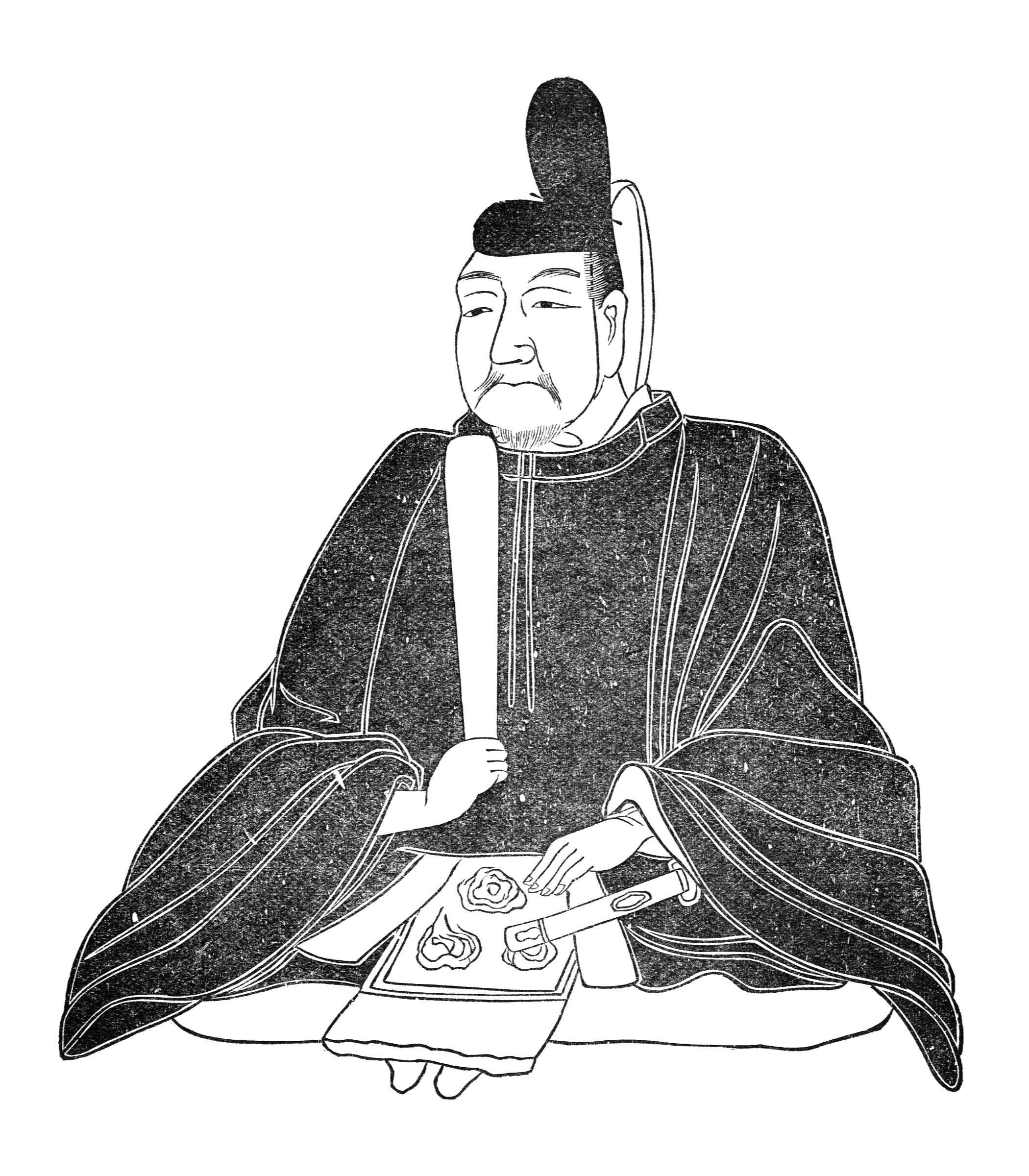
Fujiwara no Toyonari (720–765[1908]) Kokusho Kankōkai
._(33%2C7x204%2C8)_Beijing_Palace_Museum.jpg)
Lady with Servants (799) Zhou Fang
_Liaoning_Provincial_Museum%2C_Shenyang..jpg)
Court Ladies adorning their hair with Flowers (c799) Zhou Fang
9th century

Fujiwara no Tsunetsugu (838[1903]) Anonymous
10th century
.jpg)
Yang Guifei (c907) Liao Wall Tombs of Pao Mountain
12th century
Genji E-maki (c1130[1937]) Kyoto Painter Person
Kunai Kyo the Poet (c1183-1198[1660]) Kiyohara Kano Yukinobu

Genji drooling (d.1191[c1617]) Tosa Mitsuoki
Nara reconstruction clothing (2005) Feitclub
16th century

Yamato-E (c1517) Tosa Mitsunobu
.jpg)
Momoyama Nushime-Shibori Sample (c.1568) Anonymous

Iapon from the Boxer Codex (1590) Anonymous Continental Author

Yoko Kasuri (c.1596-1615 [2018] CC1.0) Honolulu Museum of Art
17th century

Tales of Ise (1608) Soan Yoshida
_MET_DT1618.jpg) Bamboo Group Era Tagasode (c.1615) Anonymous
Bamboo Group Era Tagasode (c.1615) Anonymous

O-Kuni performing Kabuki Byobu (c.1603-1613) Hasegawa, Kyoto National Museum

Outdoor Amusements (1615) Suntory
Hikone Byobu (c.1624) Unknown
The Four Earthly Pleasures in Kosode (c.1624-1650) Iwasa Matabei
Bamboo / Wood Stand Tagasode Byobu (c.1625) Anonymous
Fan Dancer Byobu (1630-1660) Suntory Museum
Shikomi-E (c1630-1660) Anonymous
Three Dancing Samurai (c1649) Iwasa Katsushige
Iwasa Portrait (1650) Iwasa Matabei
Kambun dual tone Kosode (c.1660) Unknown
Onna Shorei Shuu Tagasode (1660) Anonymous, NYPL
Shikomi-e (c1660-1670) Unknown
Seated Bijinga (c1661) Iwasa School
Grand Shimabara Courtesan (c.1661-1673) Yoshi
Lovers Caught Surprised (c.1665-1669) Kambun Master School
Dress and Table Manners from Rules of Etiquette for Women (1666) Yamada Ichirobei
Wakashu Dancer (c.1670) Hishikawa Moronobu
Untitled (c.1670-1673) Iwasa Katsushige
Beauty Looking Back (c1672) Hishikawa Moronobu
Two Beauties (c1672-94) Hishikawa Moronobu
India Coromandel or Sarasa Fabric Sample (c1675) Anonymous
Tan-E (c1676) Sugimura Jihei
Kosode Designs (1677) Hishikawa Moronobu
Lovers Visit (c.1680) Tamura Suio
Genroku Kosode Sample Design (c.1680)
Beauty (est1680) Sugimura Jihei school
Hinagata Bon and Wakashu (1682) Hishikawa Moronobu
Wakashu Shunga-e (1685) Sugimura Jihei
100 Japanese Women (c1685-1694) Hishikawa Moronobu
Wakashu Shunga-e (1685) Sugimura Jihei
Wakashu Shunga-e (1685) Sugimura Jihei
Dally Couple Wakashu Shunga-e (1685) Sugimura Jihei
Furisode of Amorous Women (1686) Ihara Saikaku, Yoshida Hanbei
Yonosuke with Telescope from The Life of an Amorous Woman (1686) Ihara Saikaku
Womens Yuugao Genji Kosode Designs (1687) Yoshida Hanbei
Korean Chrysanthemum Pattern (1687) Yoshida Hanbei
Carp Waterfall Pattern (Joyo kinmo zui; 1687) Yoshida Hanbei
A Kyoto theater, where a youthful actor is admired for his natural beauty (1687) Ihara Saikaku
Bottom Heavy Genroku Spatial Arrangement (c.1680) Anonymous
GKTC or Genroku Chonin Kosode Fashion (c.1688) Unknown
Beni Kosodes, Kana and Shibori GKTC (c.1688) Unknown
Kimono Designs (1688) Yezoshiya Hachiyemon
Shunga Trio (c.1690-1740) Miyagawa Chosun
Indigo Satin Shibori Chrysanthemum Kosode (c1690) Tokyo National Museum
Man in Silk Kimono (1696) Michiel van Musscher
Tan-E (1698) Torii Kiyonobu I
18th century
Japanese Stencil Sarasa (c.1700) Japanese person
Yuzen influenced Kosode (c1700) Ishikawa Prefectural Musuem of T. Arts & Crafts
Reclining Courtesan and attendant (c1704, PD) Hasegawa Eishun
Beauty in a Black Kimono (1710-1720, PD) Torii Kiyonobu I
Shunga-e; or A spot of wrestling is good for the soul says the 6th Dalai Lama (c.1711) Unknown
Client, Kagema and Asobi (c1716) Nishikawa Sukenobu
Courtesan with looped hair (c1716) Kaigetsudo Doshin
Yuujowho (1717) Nakamura Senya
Beni-E (1720) Torri Kiyonobu I
High Yuujo and attendant (1723) Nishikawa Sukenobu
Urushi-E (c.1728, PD) Okumura Toshinobu
Benizuri-E (c.1744, PD) Ishikawa Toyonobu
Walking Courtesan Kakemono (c1748, PD) Nishikawa Sukenobu, British Museum
Woman in Florals (c1765, PD) Suzuki Harunobu
Nishiki-E (1765-1770, PD) Suzuki Harunobu
Hashira-E (c1772, PD) Toensai Kanshi, British Museum
Woman in Black Kimono (1783) Katsukawa Shunsho
Courtesans of the Tamaya house panel section (c1785, PD) Utagawa Toyoharu, British Museum
Fresh Model Designs (c1789, PD) Takikawa School, British Museum
Yuujo applies facecake (1795) Kitagawa Utamaro
Karamonoya store (1798) Niwa Tohkei
Kara-ori Embroidery Robe (c1799) Smithsonian Design Museum
19th century
Young woman in Boat (1802, PD) Utagawa Toyokuni I
Beauties playing Hanetsuki (1805) Utagawa Toyokuni I
Starfrost Contemporary Manners (1820, PD) Utagawa Kunisada
Kamban Asanoha Ukiyo-e (1835) Utagawa Kunisada
The Old Man (c1843) Hokusai Katsushika
Terakoya (1844) Issunshi Hanasato
Sashiko-style Kimono (c1850) Anonymous
Beni Kimono (1850) Meteor Museum
Wakare ga Iyaso (1859, PD) Utagawa Kunisada
Sankin Kotai Procession (1861[1904,2010]) 投稿者がファイル作成
Morgan Le Fay (1864) Anthony Frederick Augustus Sandys
The Beloved (1865) Dante Gabriel Rossetti
Girls Portrait (1868) George Price Boyce
Traditional Padded Oshi-E (c1868-1912) Sekka, Khalili Collection
Geiko (c1870) Anonymous
Ellen Terry in Kimono (1874) Ellen Terry
The Ootuuki Family (1874) 江戸ラー
Repurposed Kimono Day Dress (1874-76) Misses Turner Court Dress
Carp Kimono (1876) The Meteor Musuem found a pole!
Liberty Catalogue Advertisement (1880) Libertys Depato
Osono attacks Rokusuke (1881, PD) Tsukioka Yoshitoshi
The Green Kimono (c1882, PD) Frans Verhas
Three Little Maids from School (1885) Gilbert and Sullivan & Strobridge Litho. Co
Susanoo rescues Kushinada Hime from the dragon (1886) Toyohara Chikanobu
Hanetsuki (c1890[2016]) Kusakabe Kimbei, Monash
Contemporary Beauties (1890) Yoshu Chikanobu
Contes Japonaises (1893, PD) Félix Oudart
A Tea ceremony (1896) Mizuno Takeshita
Tricora Corset Advert (1899, PD) Boston Public Library
20th century

Metallic thread, Plain weave Yoko (weft) Kasuri (c.1900-1949[2018], CC1.0) Honolulu Musuem of Art
Womens' Tate Kimono (c.1900-1939[2018], CC1.0) Honolulu Musuem of Art
Darling of the Gods Theatre Programme (1903) Yoshio Markino
Anglo-Japanese Alliance Postcard (1905, CC4.0/PD) 三越百貨店
Plain weave Meisen (c.1907-1949[2018], CC1.0) Honolulu Museum of Art
Ota Hisa or Hanako (1908, PD) Sport & Salon
Spanish Woman in Kimono (c190[8], PD) Gustave Gillman
Woman in a Kimono (1910, PD) Walter Crane
Woman in kimono (1910, PD) Julian Fałat
Plain weave Tate (warp) Kasuri (c1912-1949[2018], CC1.0) Honolulu Museum of Art
The Setsuko Family (1912) Anonymous
Plain/Crepe weave Meisen (c.1912-1939[2018], CC1.0) Honolulu Museum of Art
Kanto Plain weave Meisen (c1912-1939[2018], CC1.0) Honolulu Musuem of Art
Fish Crepe weave Meisen (c.1912-1949[2018], CC1.0) Honolulu Musuem of Art
Geesje Kwak in Japanse kimono voor kamerscherm (c1913) Leiden Universitat
Kimono Girl (1914) Elstner Hilton
Princess Yasuko of Fushimi (1917, PD) Wikimedia
Takahashi Korekiyo with his Family in the Garden (1920) 婦人画報
Prince Kitashirakawa Naruhisa and his Family (1921, PD)
Kane Tanaka (c1923, CC1.0) Molly887956321
Moga (c1925) Tokyo Metropolitan Foundation for History and Preservation
Machine Made Meisen (c1926) Khalili Collection
Mirrored Hem (c1929) Meteor Musuem
Uchikake (c1930) Khalili Collection
Princess Kuniko of Kuni (c1936, PD)
A young women in a Furisode with a Chu Obi (1936, PD) Kawakatsu
What did the lady forget? (1937, PD) Shochiku, Sumiko Kurishima, Mitsuko Yoshikawa, Chōko Iida
Kawakami Sadayakko (c1937-1945) Anonymous
Battleship Meisen Haori (c.1938) Unknown
Schoolmarm at graduation ceremony (1953, PD) Meomeo15
Kimono Coats (1956) Shimbun
Women in Kimono (1956) 投稿者によるスキャン
Kimono in 1957 (1957) 投稿者によるスキャン
Les Brainards Grove Restaurant in Seattle (1963) Anonymous Statesian
Kappou-Gi (1969, CC4.0) Meomeo15
E-gasuri (c.1999[2013], CC3.0) Chris Hazzard
21st century
Furisode (2003) Lukacs
Tokyo Japan (2006, CC2.0) Dennis Keller
Kimono Girls in Kyoto (2008, CC2.0) Rumpleteaser on Flickr
Kimono Hime Fanzine (2009) Flickr/Kimono-Hime
Maiko serving Tea (2011) Nils Barth
Dori Style Michiyuki and Geta Kitsuke (2016) Tokyofashion.com
Dori Style Kitsuke (2016) Tokyofashion.com
Kimono Hime Street Style (2019) Tokyofashion.com
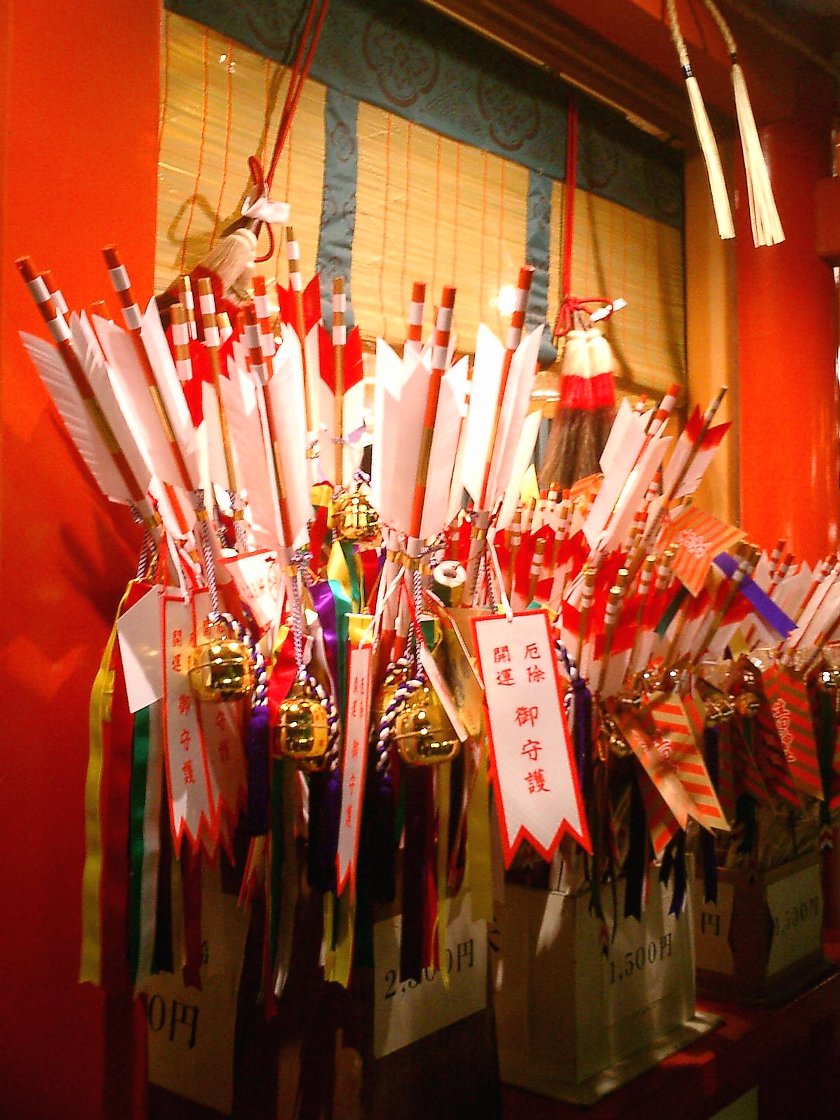







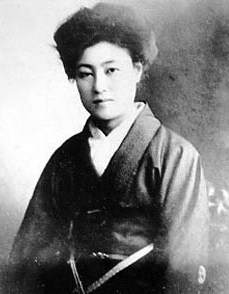
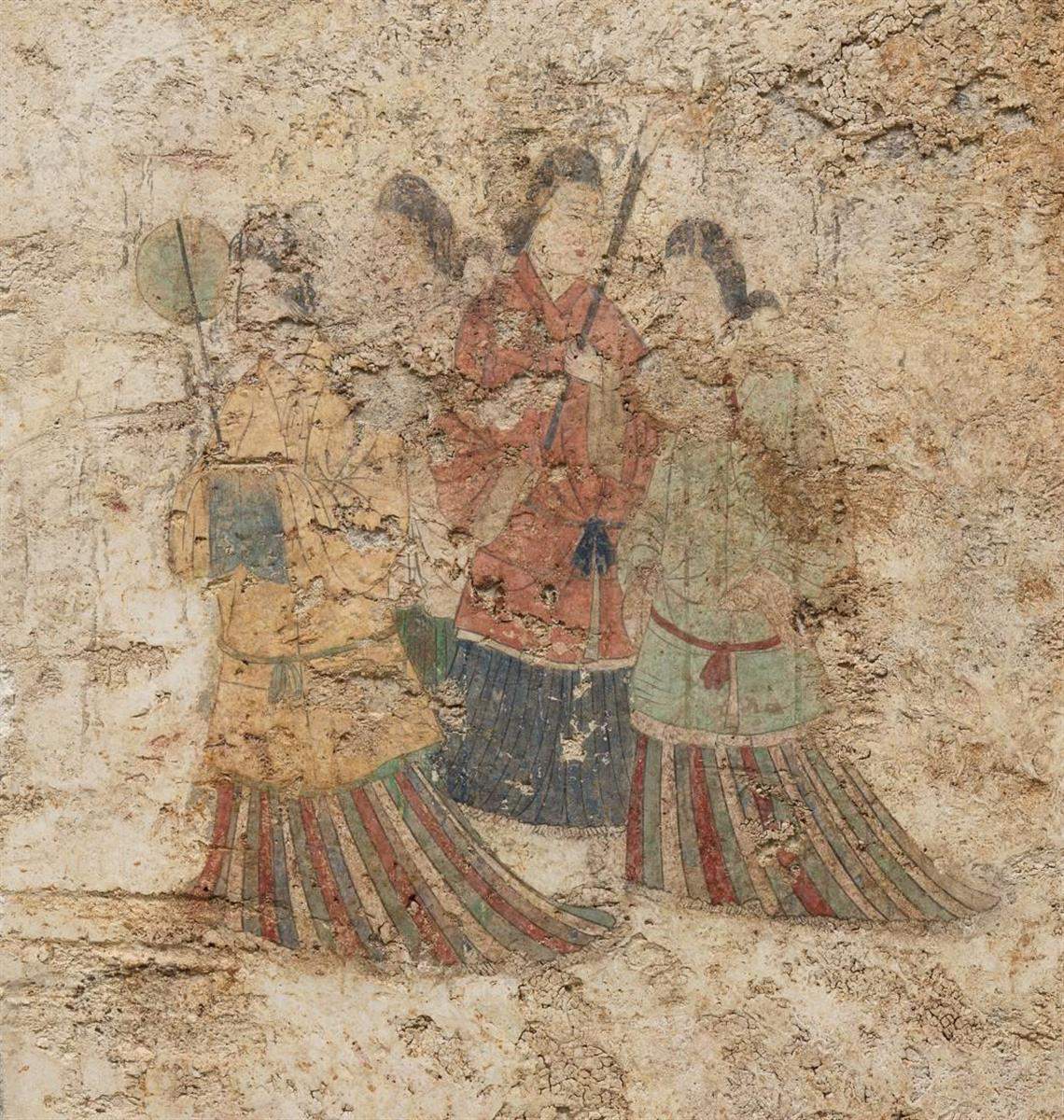
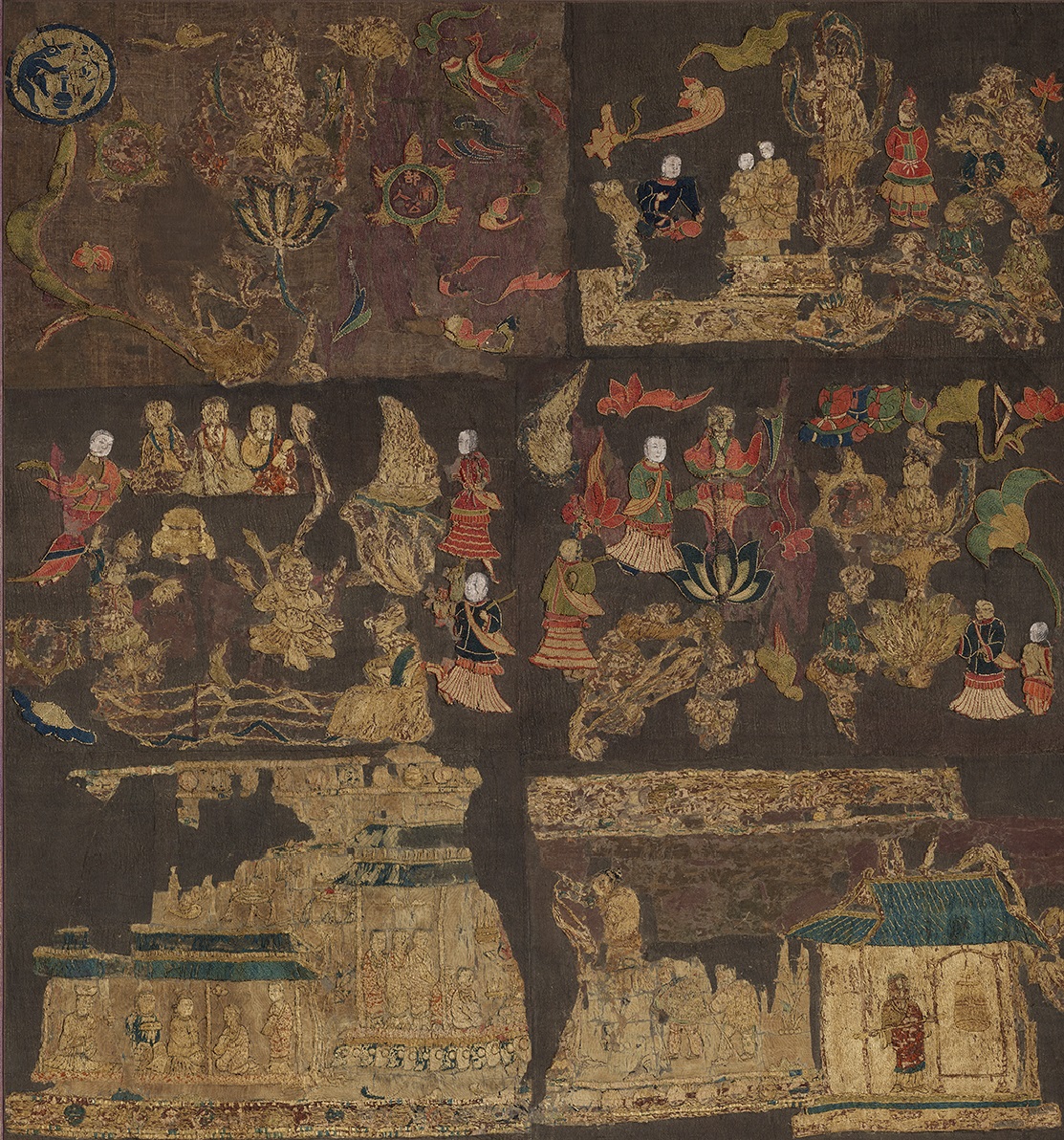

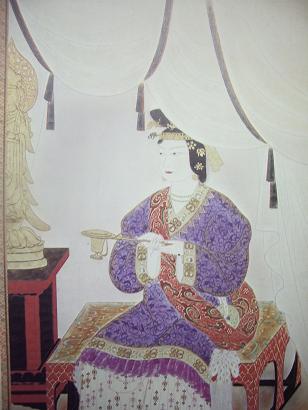





._(33%2C7x204%2C8)_Beijing_Palace_Museum.jpg)
_Liaoning_Provincial_Museum%2C_Shenyang..jpg)

.jpg)
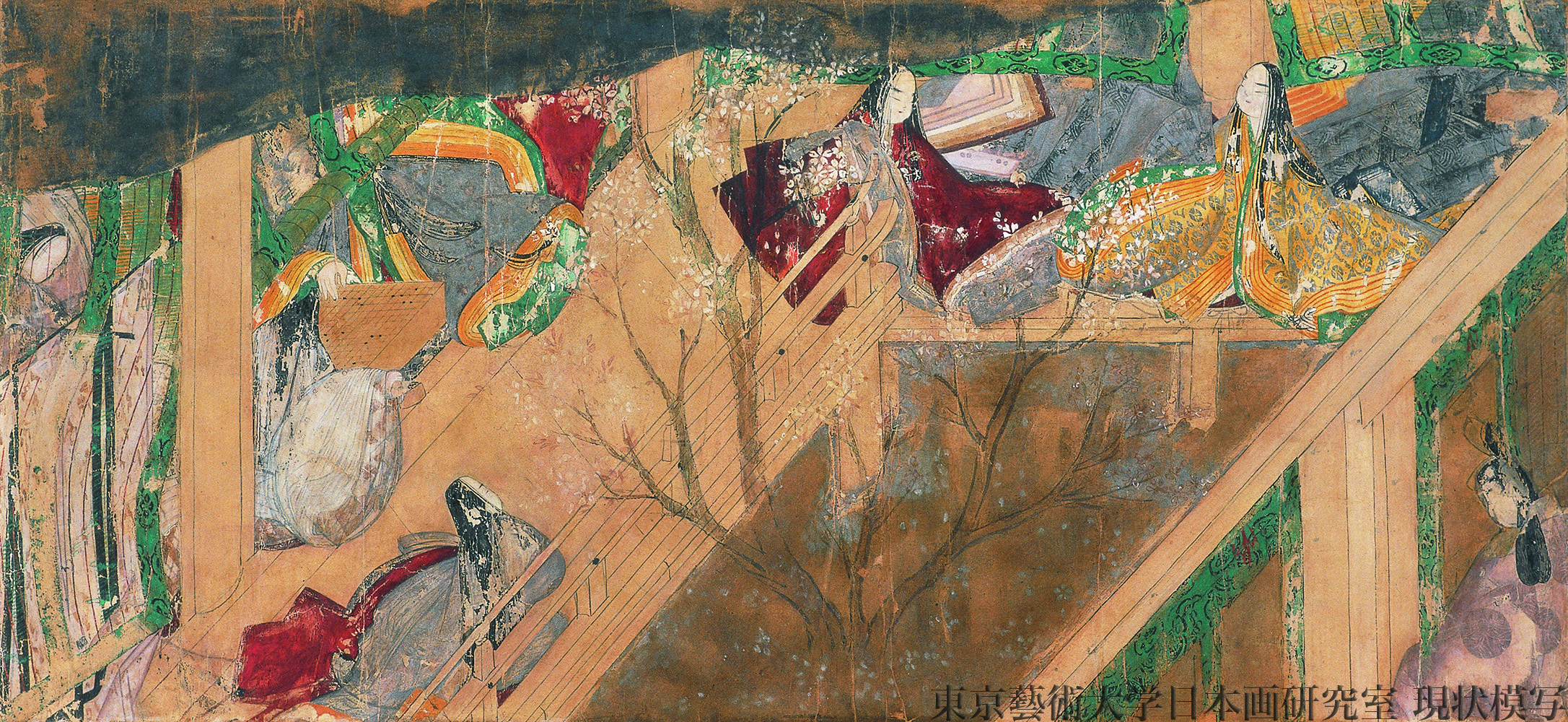


.jpg)

.jpg)

_MET_DT1618.jpg)


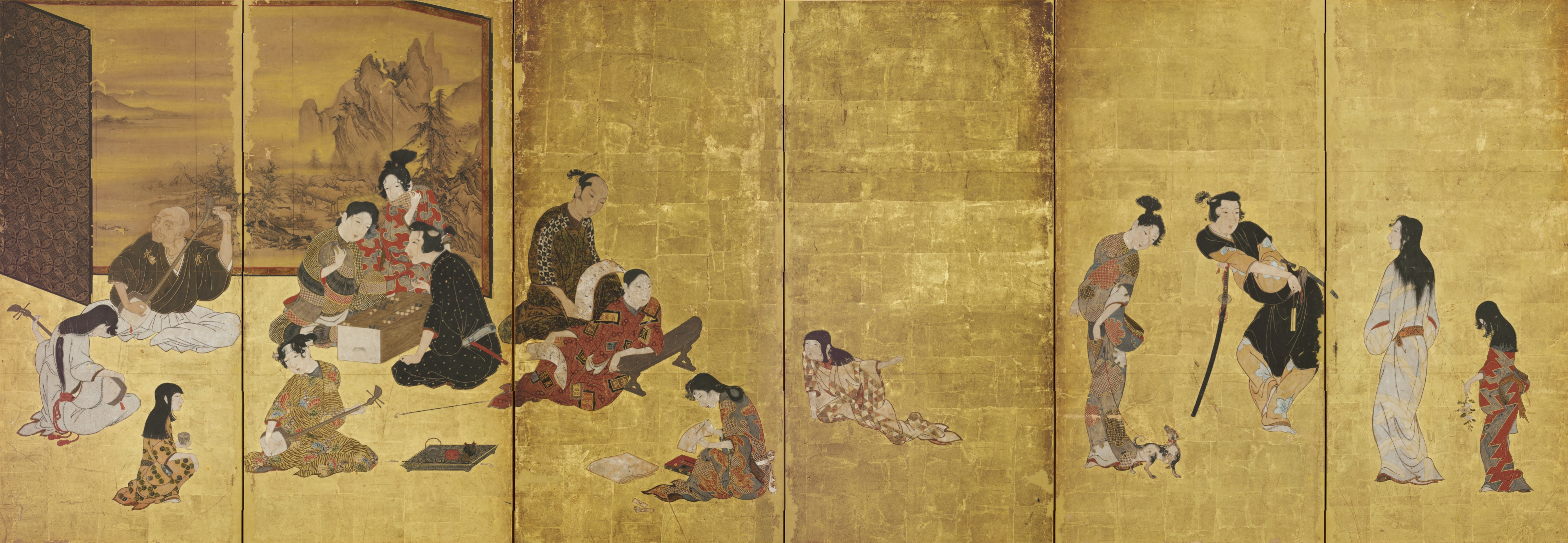

.jpg)


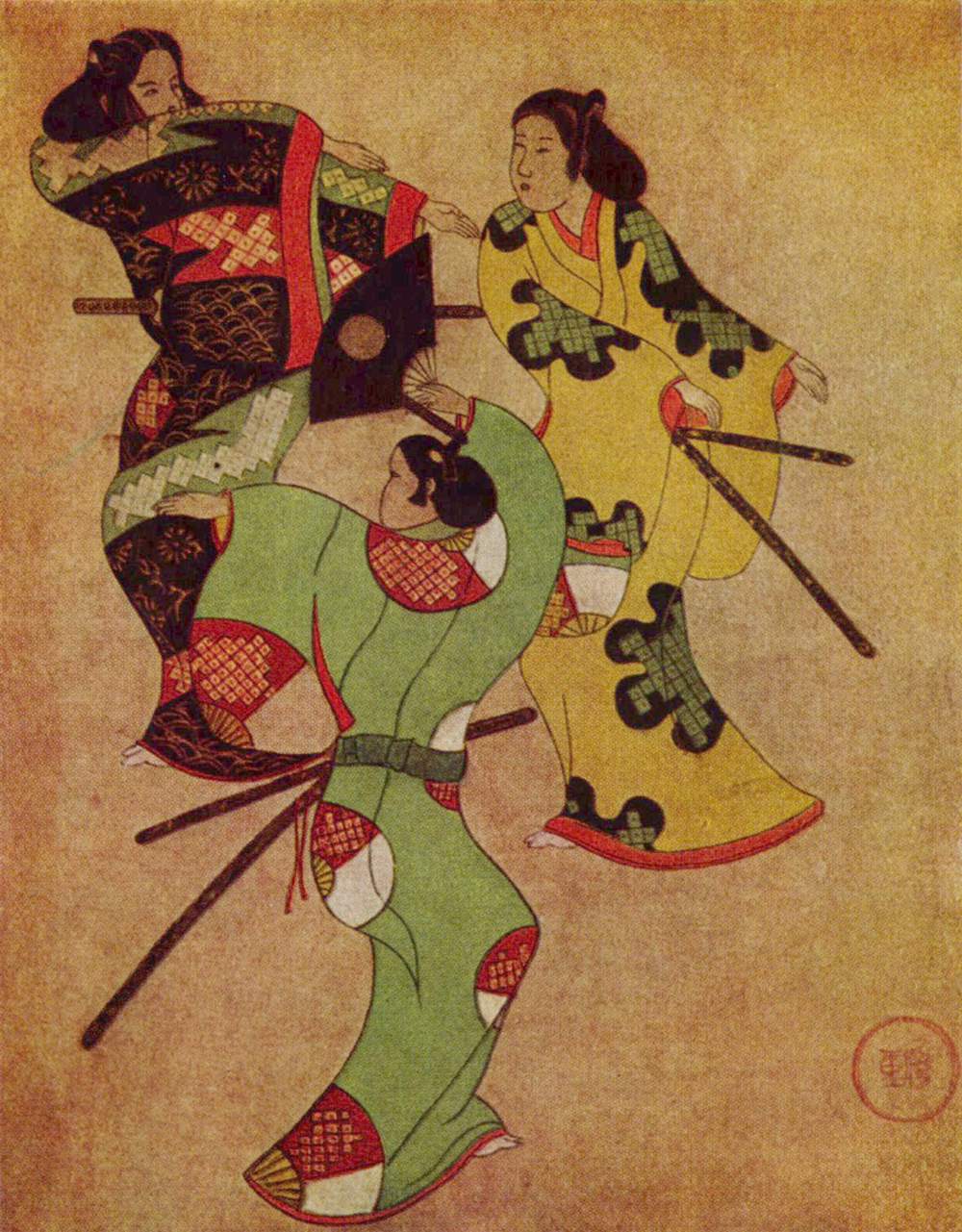




.jpg)





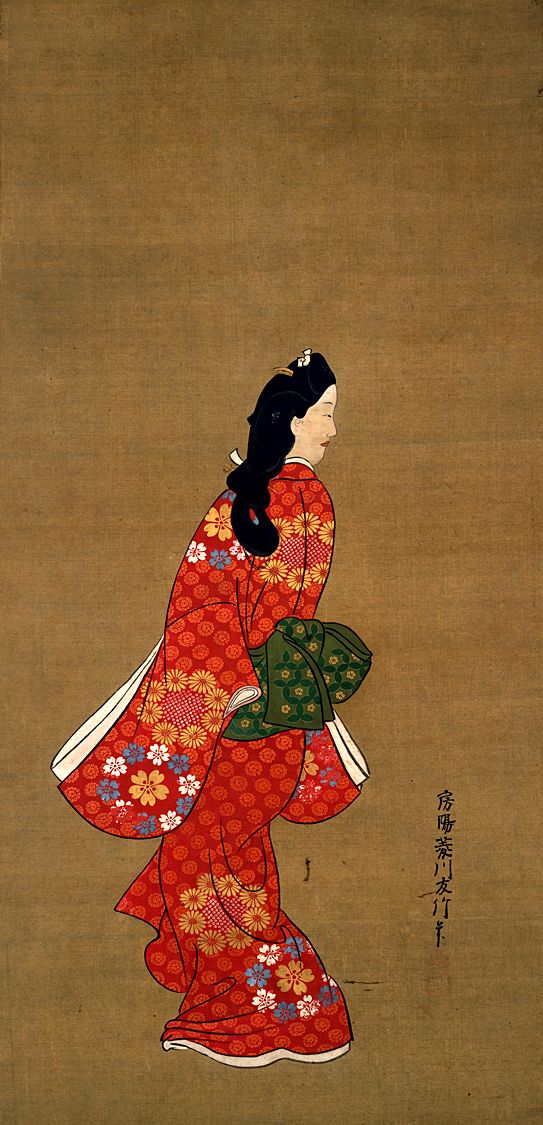







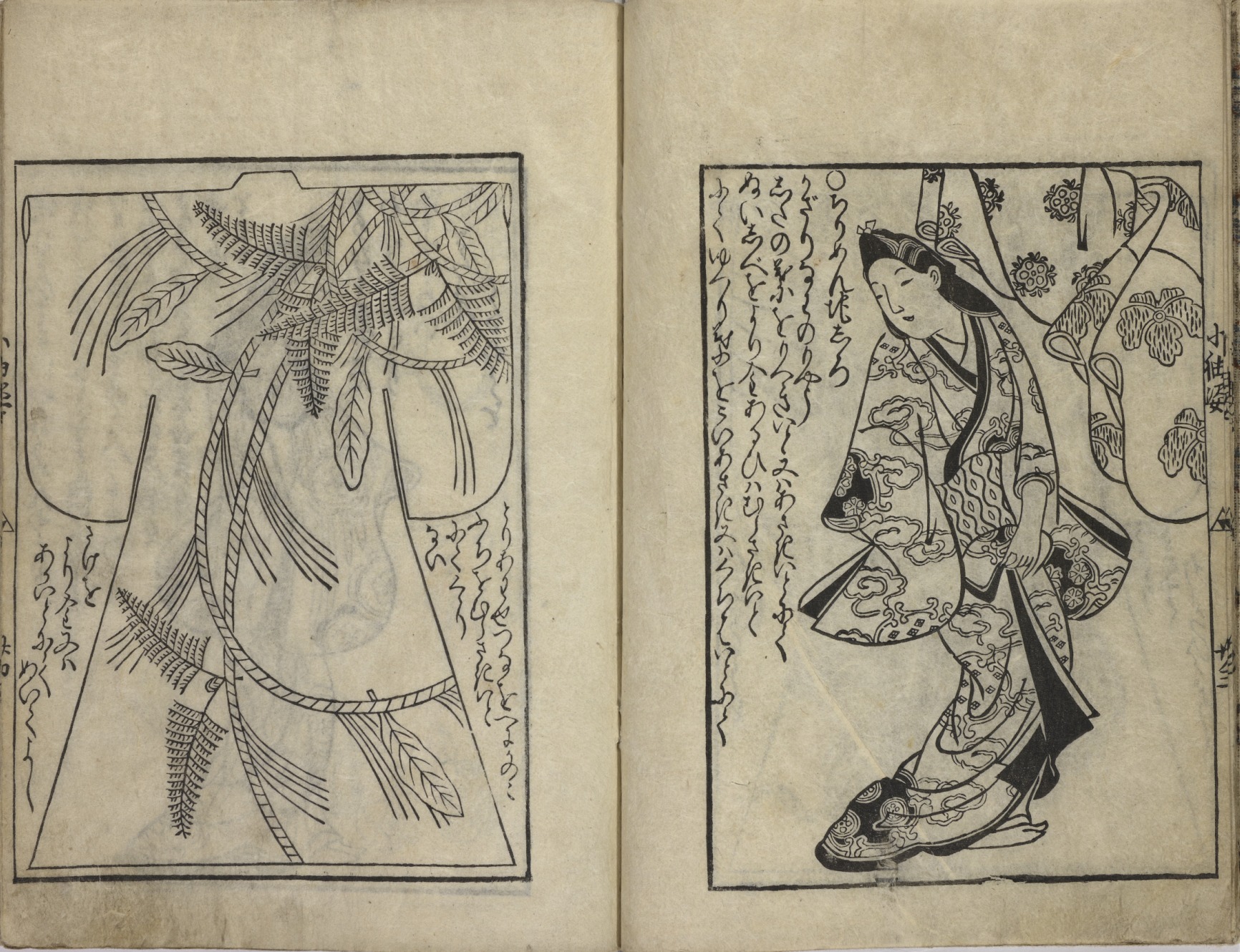

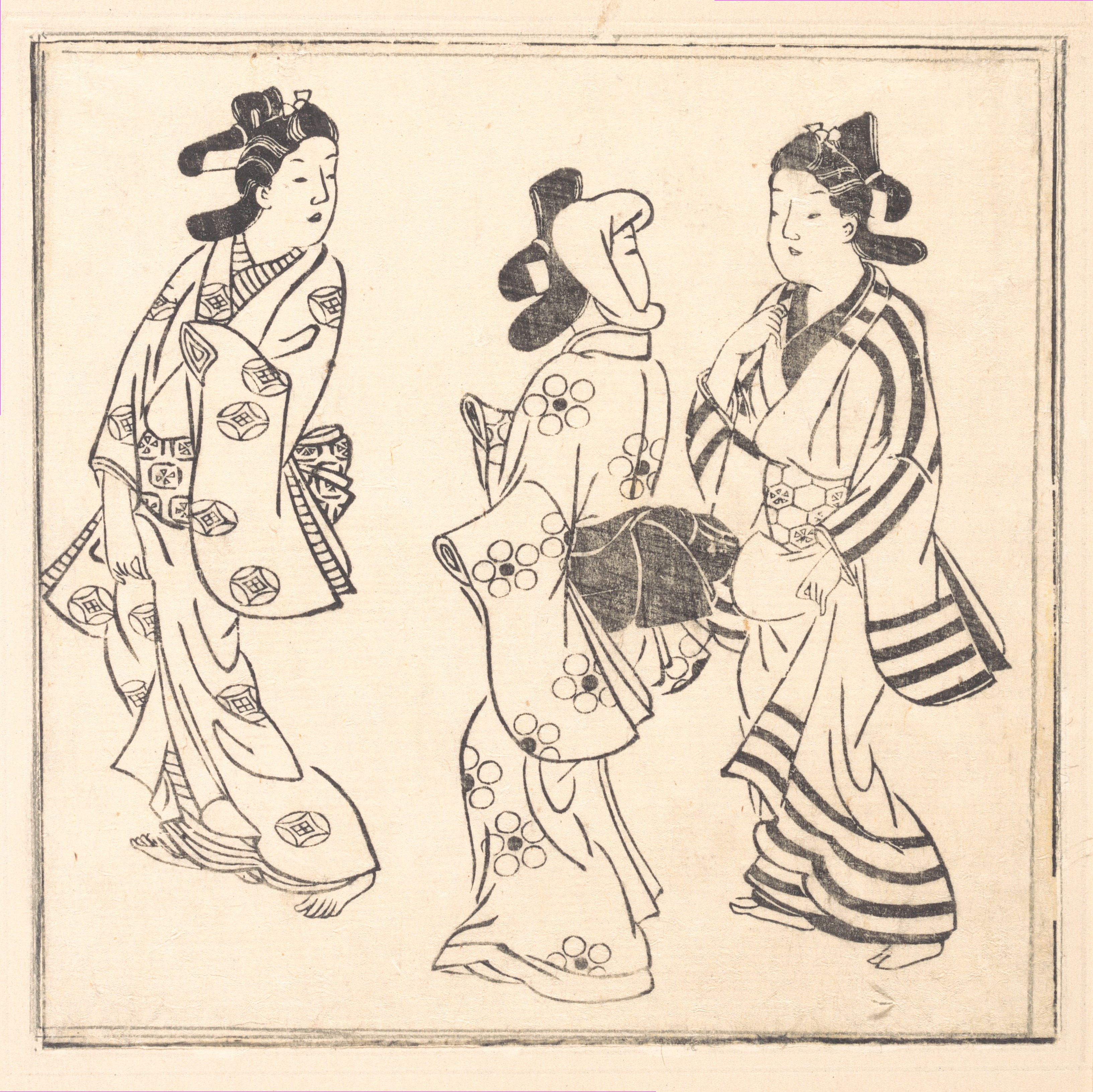










_with_Cherry_Blossoms_and_Cypress_Fence_MET_1980_222.jpg)

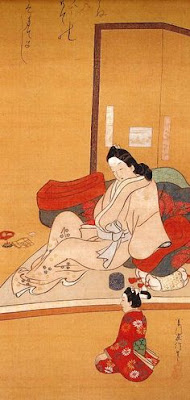

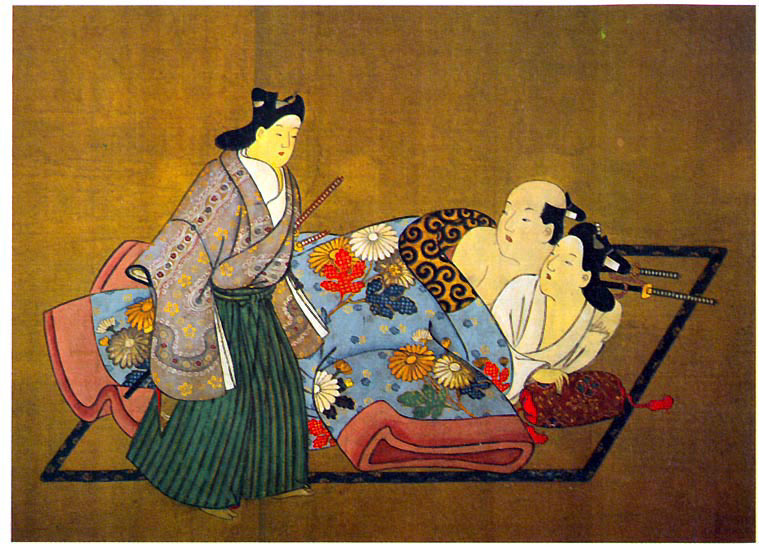




.jpg)
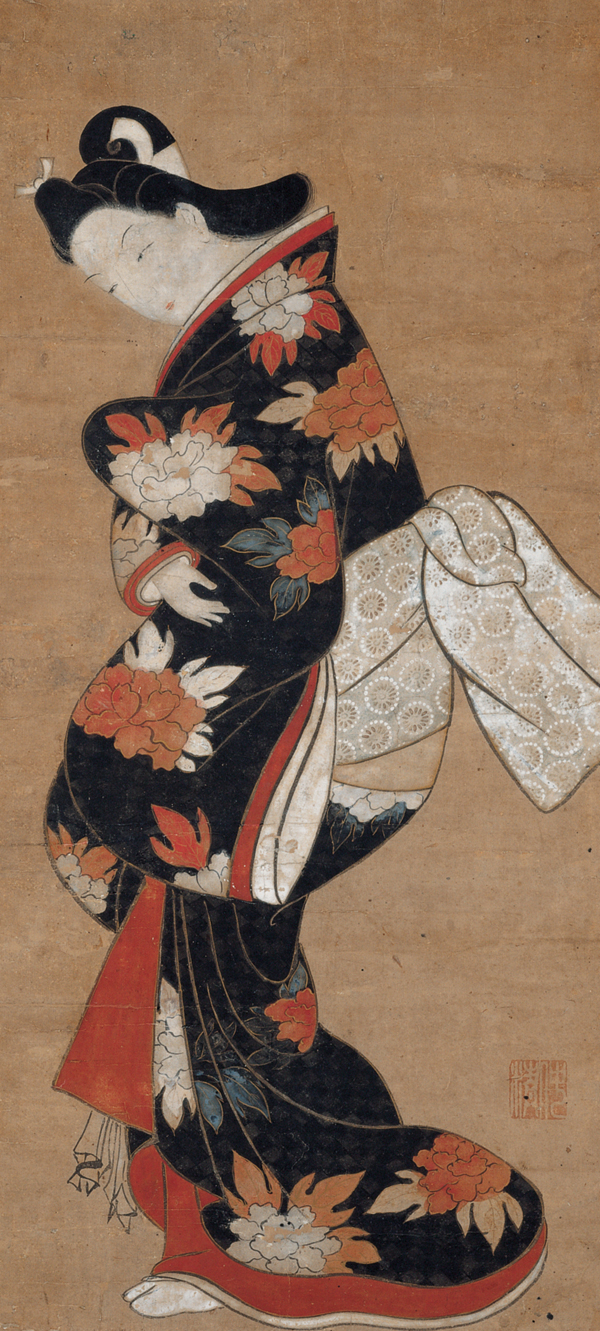


.jpg)

_(BM_1979%2C0305%2C0.70.2_11).jpg)


.jpg)


.jpg)

.jpg)
_(BM_1907%2C0531%2C0.66_1).jpg)





_(BM_1942%2C0124%2C0.15_1).jpg)

.png)



.jpg)




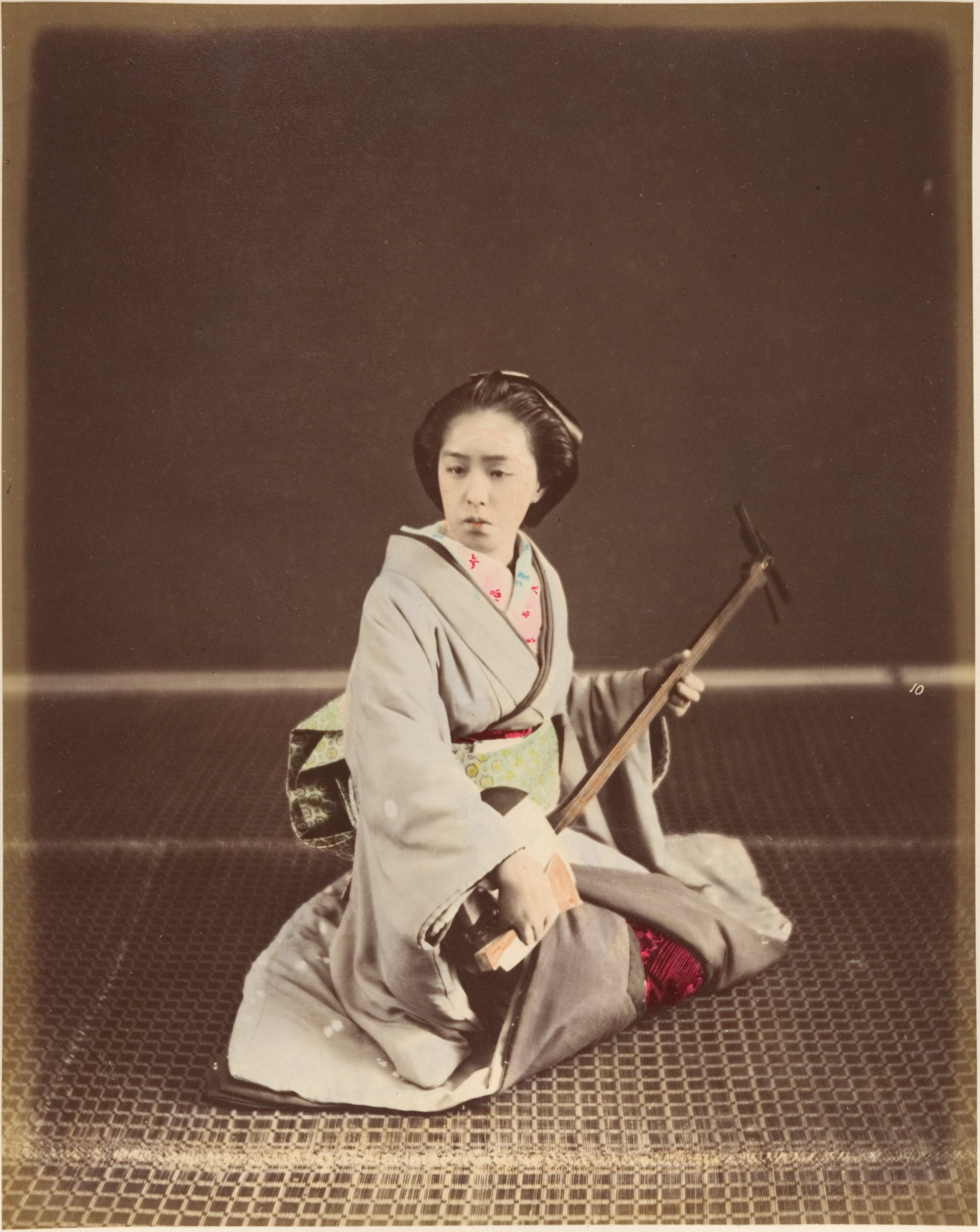



_with_Carp%2C_Water_Lilies%2C_and_Morning_Glories.jpg)
_(cropped).jpg)
.jpg)
_(cropped).jpg)


.jpg)

.jpg)


.jpg)






.jpg)

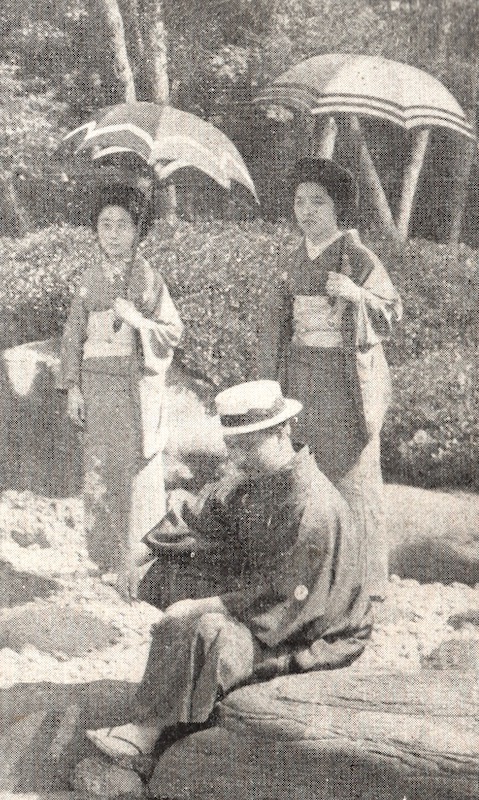
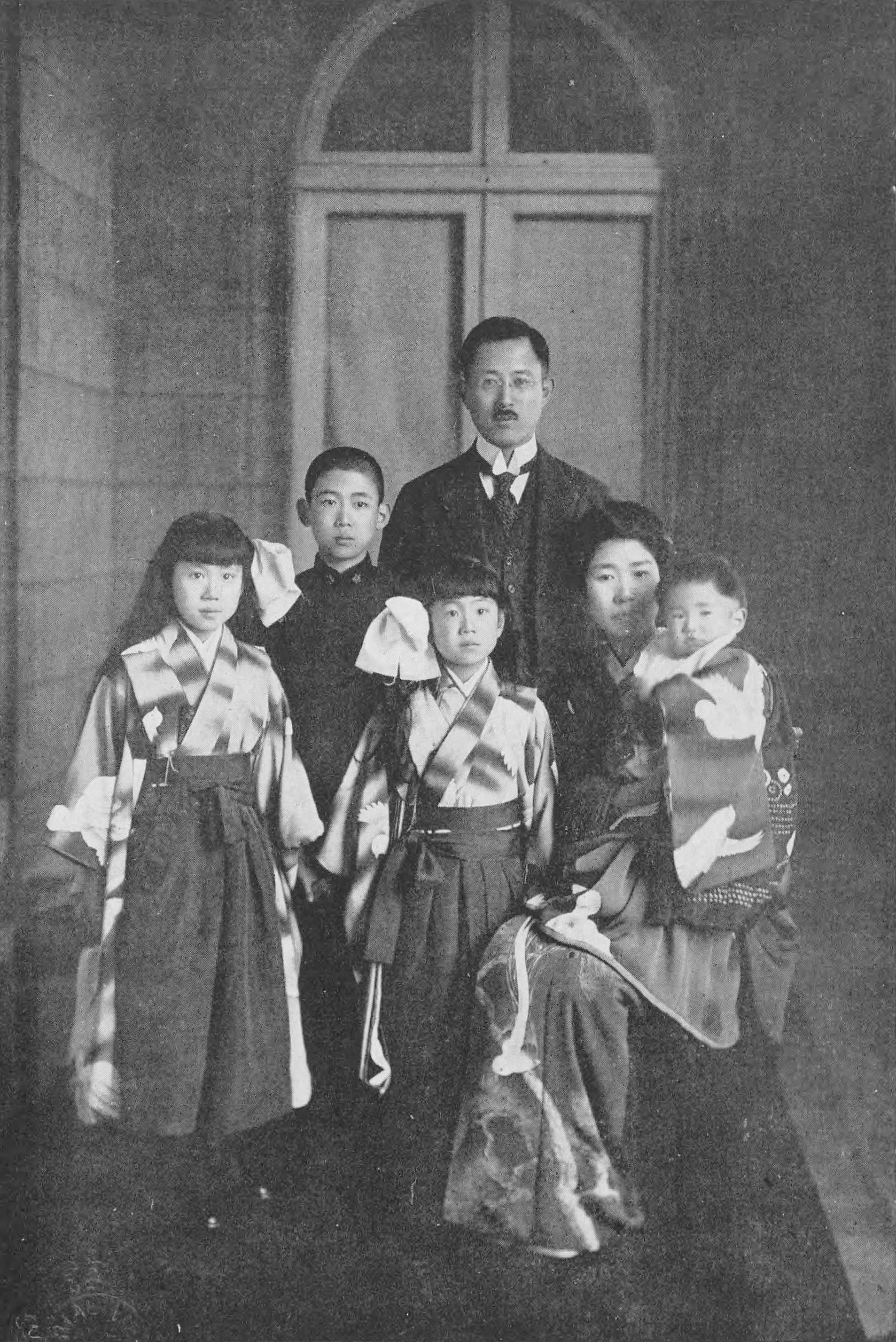


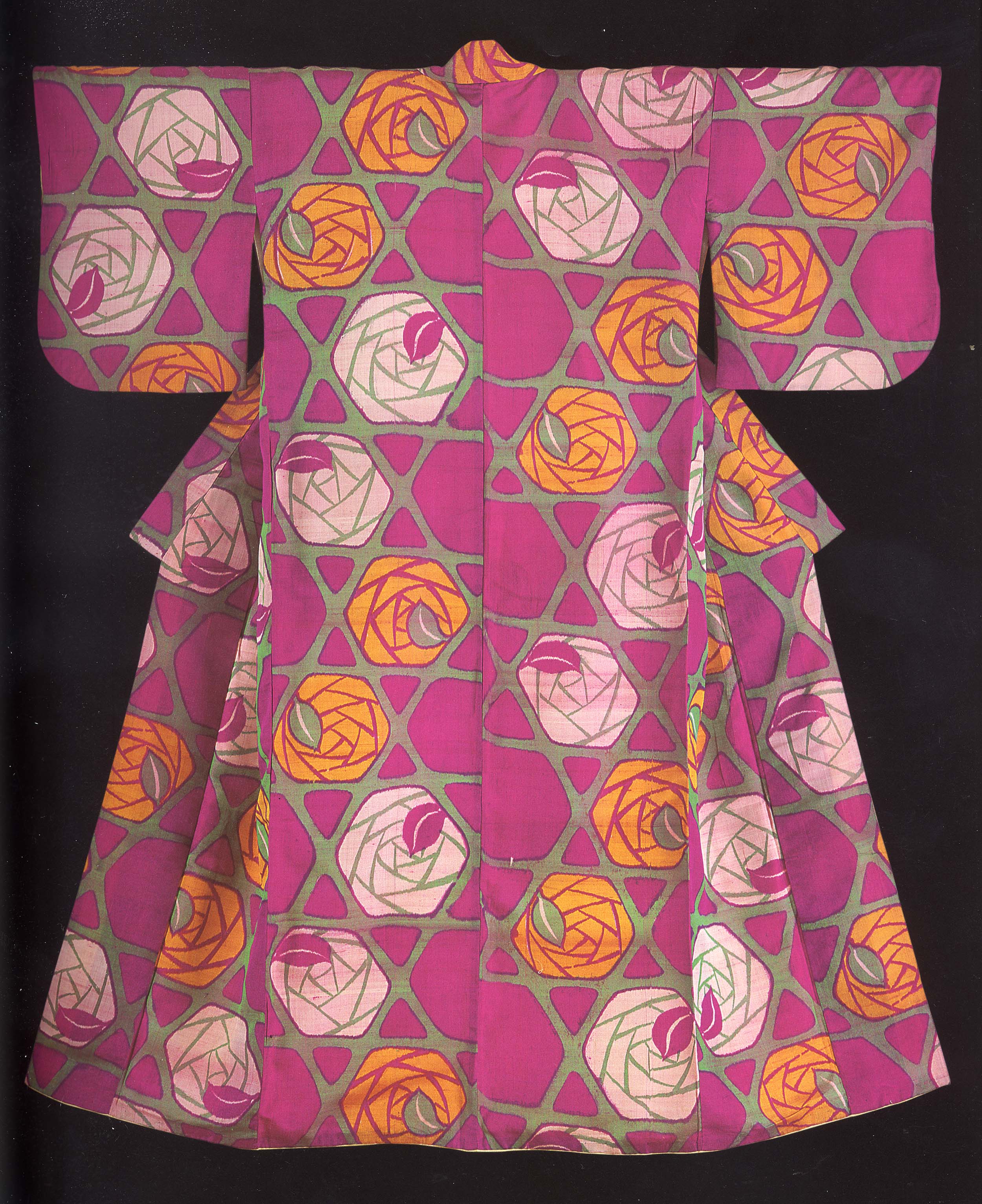


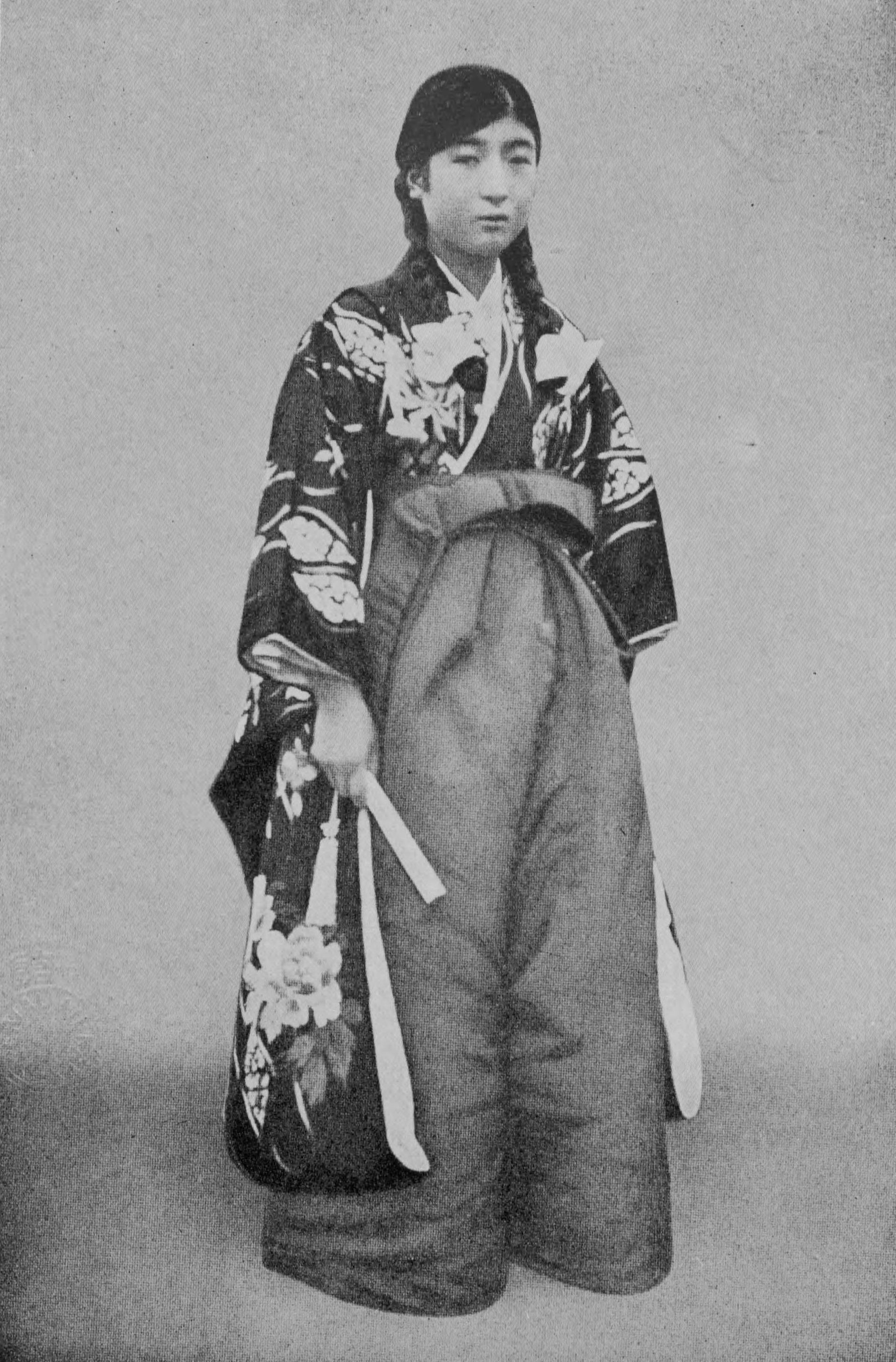





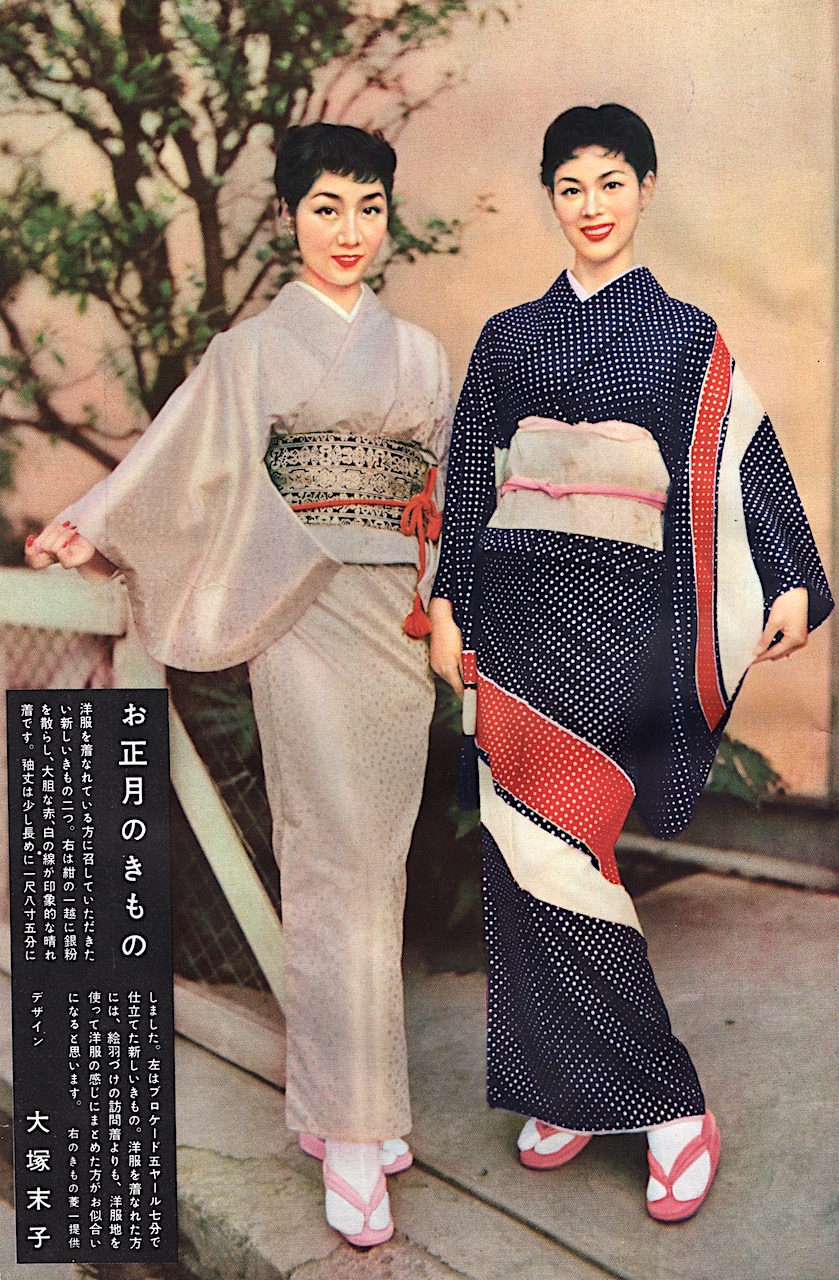




.jpg)
.jpg)






